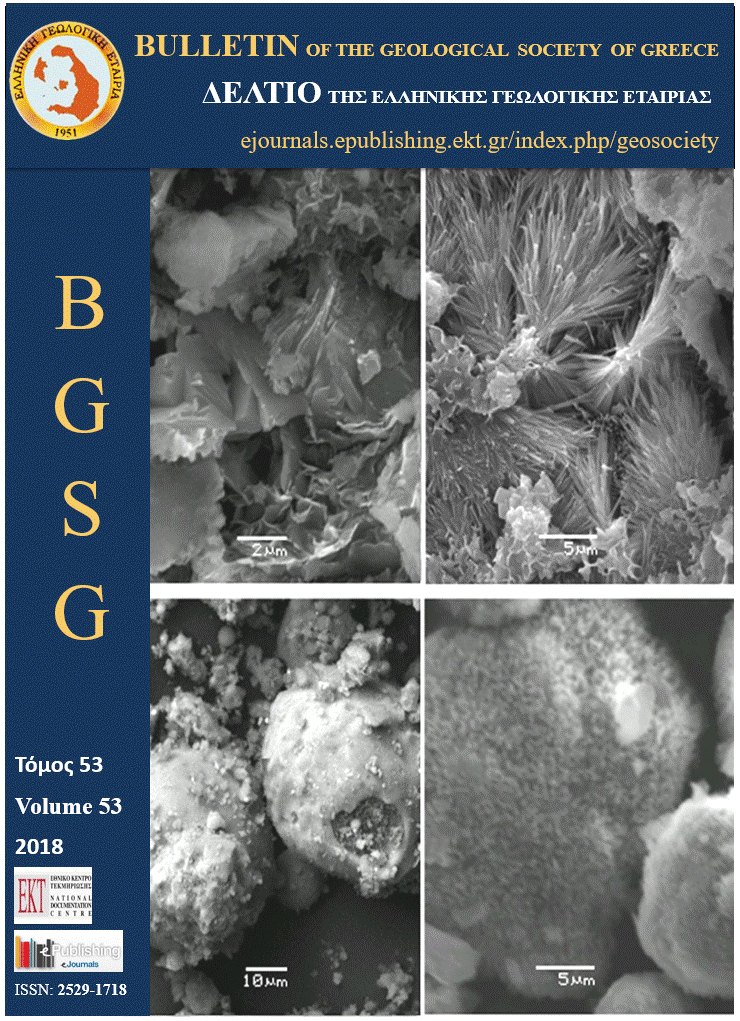Petrological and Geochemical Comparison of Rodingites from Kimi -Evia island with outcrops from adjacent regions

Abstract
The present study is focused on the geochemical and petrological comparison between rodingites from the Kimi region in Central Evia (Greece) with those from East and West Othris, as well as with rodingites from Skyros island. Based upon their whole rock geochemical and petrographical data it is suggested that rocks from Skyros island and Kimi-Evia display similar features. Kimi-Evia and Skyros rodingites are characterized by their highly comparable REE patterns with significant LREE enrichments. This is most likely attributed to the effects of carbonic rich fluids, enhancing the transfer of REE via CO3-2 ligands. The West Othris rodingites display similar MREE and HREE patterns with the least fractionated rodingites from Kimi-Evia and Skyros, whereas the LREE are significantly depleted. The East Othris rodingites differ from all other rodingite occurrences, since they exhibit much lower ΣREE contents. Rodingitization in all studied areas was associated with serpentinization processes and was evolved in several metasomatic stages, in which vesuvianite was formed during the last episodes at relatively low temperatures.
Article Details
- How to Cite
-
Karkalis, C., Magganas, A., & Koutsovitis, P. (2019). Petrological and Geochemical Comparison of Rodingites from Kimi -Evia island with outcrops from adjacent regions. Bulletin of the Geological Society of Greece, 54(1), 95–112. https://doi.org/10.12681/bgsg.19603
- Section
- Petrology and Mineralogy

This work is licensed under a Creative Commons Attribution-NonCommercial 4.0 International License.
Authors who publish with this journal agree to the following terms:
Authors retain copyright and grant the journal right of first publication with the work simultaneously licensed under a Creative Commons Attribution Non-Commercial License that allows others to share the work with an acknowledgement of the work's authorship and initial publication in this journal.
Authors are able to enter into separate, additional contractual arrangements for the non-exclusive distribution of the journal's published version of the work (e.g. post it to an institutional repository or publish it in a book), with an acknowledgement of its initial publication in this journal. Authors are permitted and encouraged to post their work online (preferably in institutional repositories or on their website) prior to and during the submission process, as it can lead to productive exchanges, as well as earlier and greater citation of published work.



